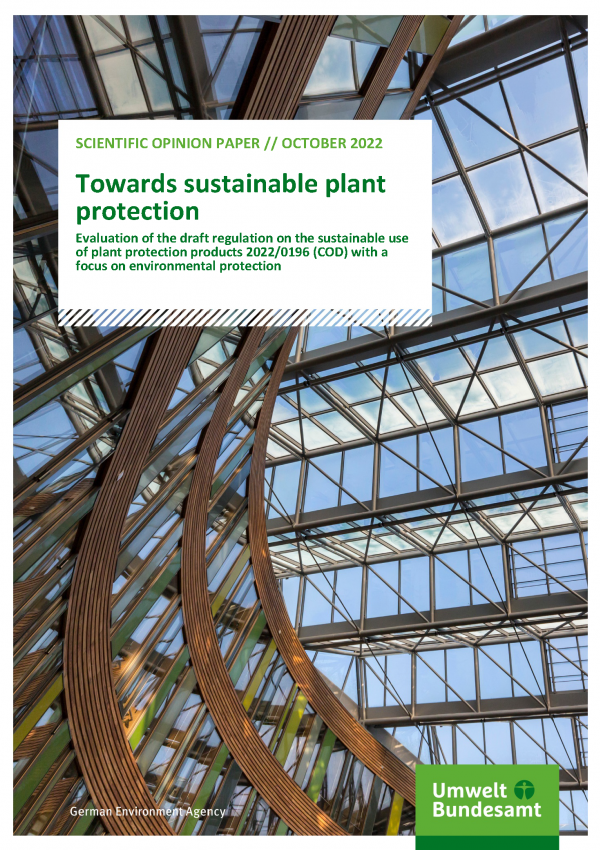German material consumption 30 percent above global average

Recycling keeps materials in circulation and saves primary raw materials.
Source: Jan Malburg / Adobe Stock |
German consumption of raw materials, such as crude oil, timber or rare earths, has fallen slightly between 2018 and 2019 due to more efficient use. Provisional calculations for 2020 also show a slight drop, presumably due to the Corona pandemic. Total use of raw materials in Germany during 2019 amounted to 1.3 billion tonnes. This meant that the trend has remained relatively consistent over the last 10 years. However, our consumption remains around 30 per cent higher than the global average. In statistical terms, every German citizen has an “ecological rucksack” of consumed raw materials and minerals amounting to 16 tonnes, mainly for nutrition, living, and mobility. This is shown by the “Resources Report for Germany 2022“ from the German Environment Agency.
This also has a negative impact on the CO₂ balance. Around 40 percent of German greenhouse gas emissions are attributable to the mining and initial processing of raw materials. Furthermore, the import of products into Germany and the raw materials required for them cause environmental problems due to water and land use in other parts of the world. In 2021 the German water footprint amounted to around 201,318 million cubic metres, and the German land footprint in 2018 was around 74 million hectares. About half of the raw materials used for German consumption came from countries outside the European Union.
Future usage of raw materials can be made more sustainable with an ambitious policy towards raw materials. By 2030, a drop in raw material consumption of more than a third relative to 2019 is possible in Germany. Due to a mix of technological change and lifestyle changes, raw material consumption could be changed from the current level of 16 tonnes to 5.7 tonnes per head by 2050.




















